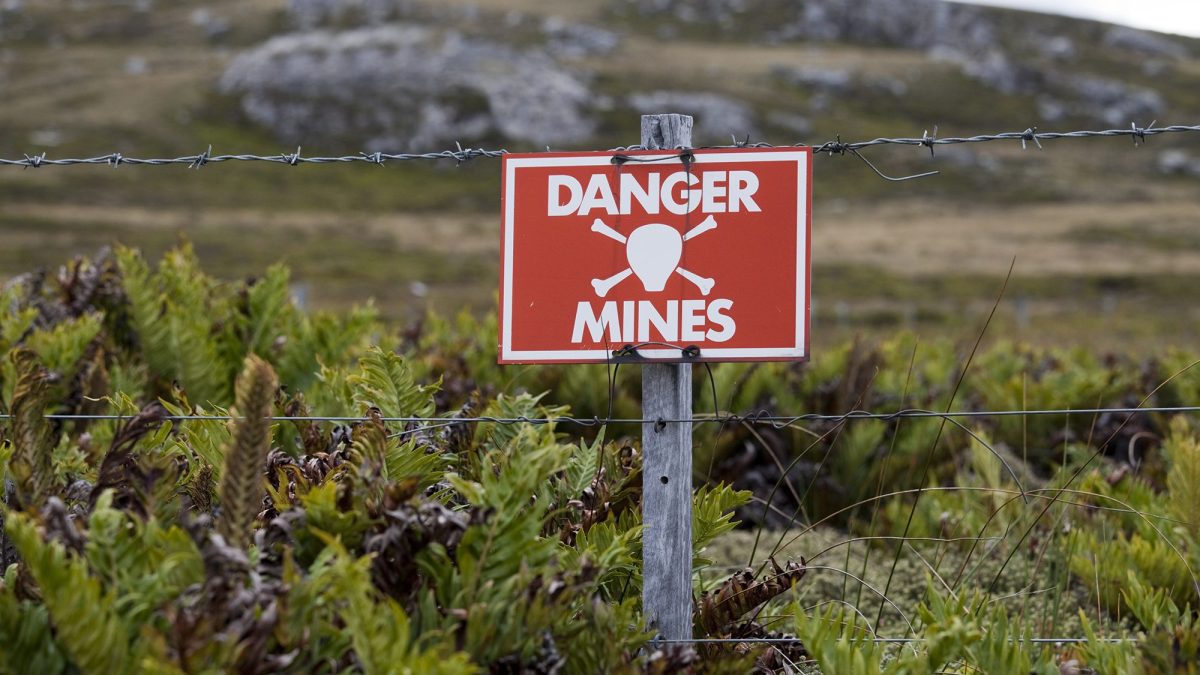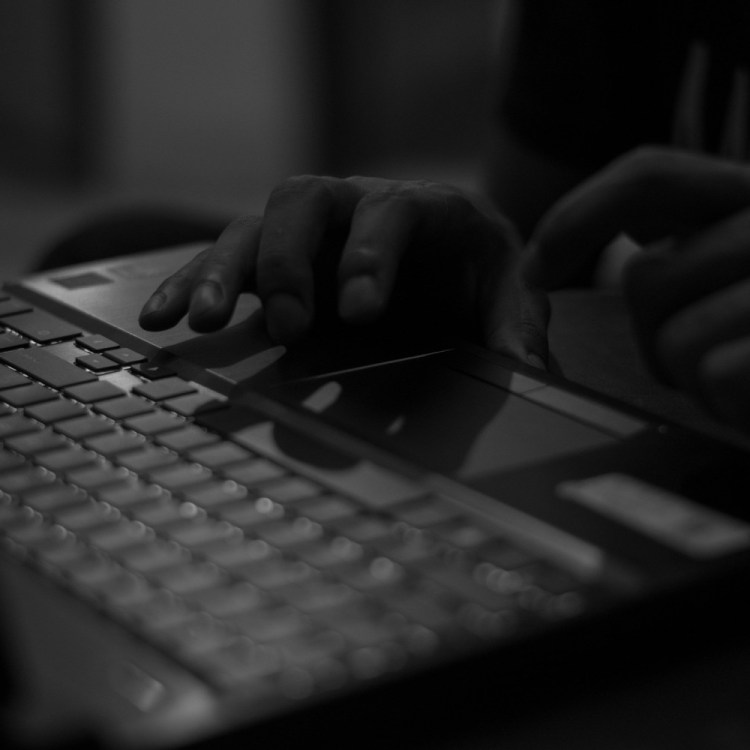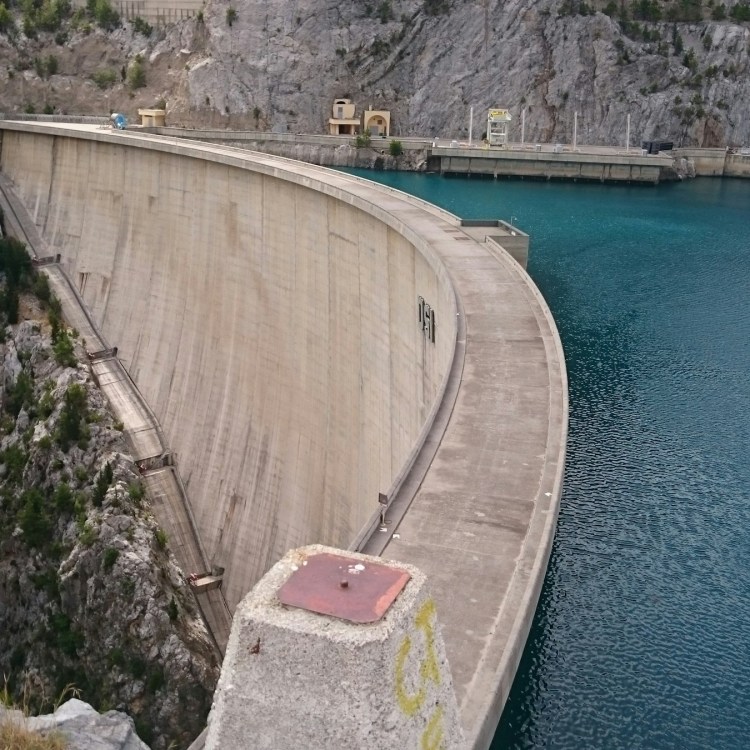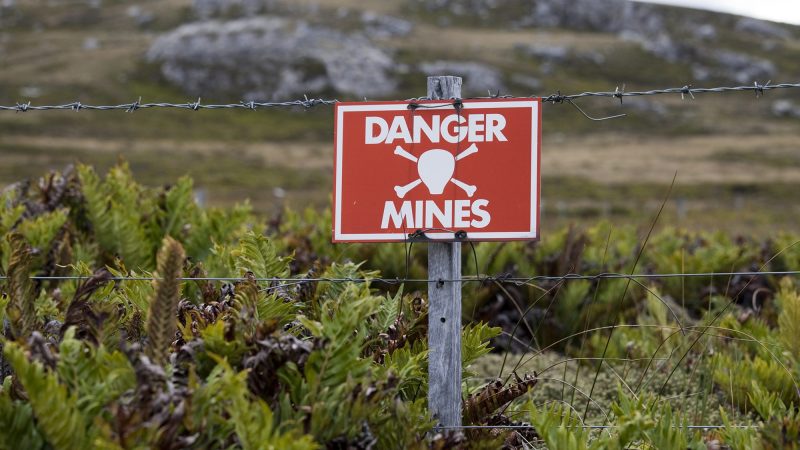
A new way of identifying buried explosives, using genetically engineered bioluminescent bacteria, could save lives and advance bomb disposal technology.
Israeli researchers created a bacteria that glows when it comes into contact with vapors emitted from explosives. Beads containing the bacteria can be scattered across a specific area that has been mapped using a laser system to then locate landmines or undetonated bombs.
The obviously dangerous work of detecting landmines and disposing of unexploded ordinances hasn’t advanced much in 75 years, so the researchers, who published their findings in Nature Biotechnology, set out to accomplish the task without stepping foot on a minefield.
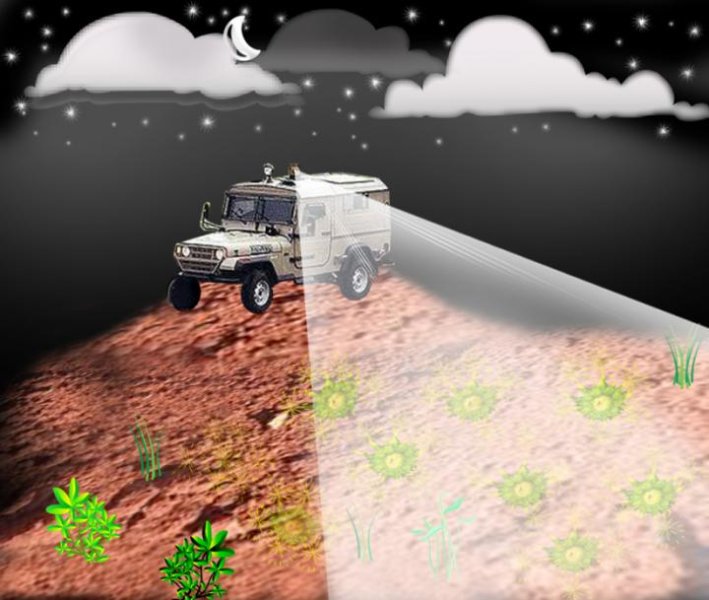
The novel concept, developed by scientists at the Hebrew University of Jerusalem, couldn’t have more fortuitous timing. According to a 2016 report from the Landmine Monitor, global casualties from landmines and other buried explosives killed 6,461 in 2015—a 10-year high.
From the vestiges of decades-old bombing campaigns in Asia and Europe to the active battlefields in Afghanistan and Iraq, more than 100 million explosives are estimated to lie underground across in 70 countries.
Hebrew University researchers plan on improving the laser scanning system to scan large areas more quickly, in addition to making it more compact so can be added to aerial drones, according to a press release published in ScienceDaily.
—RealClearLife
This article appeared in an InsideHook newsletter. Sign up for free to get more on travel, wellness, style, drinking, and culture.
